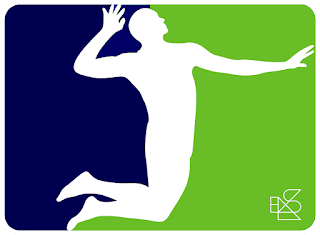What is the difference between reading and reacting?
I recently asked a friend of mine who is an expert in Skill Acquisition about reading and reacting. My exact question was: "What is the difference between reading and reacting? Is reacting even a thing?"
As usual his reply was excellent, illuminating, and managed to avoid scientific terminology so it was easy to understand. The response in full is:
A really important differentiation between ‘reading’ and ‘reacting’ exists.
The research shows that for one to ‘perceive’ or someone to ‘perceive and then act’ they use different
pathways through the eyes and brain.
This has significant implications for training, as for example, watching sport to learn decisions doesn’t
activate the same physiological effects as actually making decisions while physically moving. This is often
why the ‘armchair expert’ or worse ‘analytics guy’ finds it weird that athletes don’t learn patterns like they
do. It’s because actually doing something uses a different method.
In terms of reading and reacting, in all circumstances we gather information from the environment to
make our decisions (or make an action). This again, is a continuous and subconscious process. The
‘reacting’ usually refers to a situation in which time is more limited, and therefore less information is
gathered before we act.
The better athletes who ‘react’ better are usually those that gather the most important information in that
short time. For example, they know where to look for the best cues. Boxing is a good example where their
eyes pick up information from the opponents hips or torso around which punch is coming, as opposed to
the poorer ‘reactors’ who take information from the glove or arm.
In training we can ‘teach’ athletes where to look for the best information source. Often using bright colors
on certain body parts to draw attention, or using video examples which teach them where to look.
However, when using video, a physical act needs to be tied to the perception, otherwise it won’t transfer.



Apparently, this is a popular topic at the moment. :-)
ReplyDeletehttps://coachingvb.com/develop-better-player-reactions-from-the-start-not-the-finish/